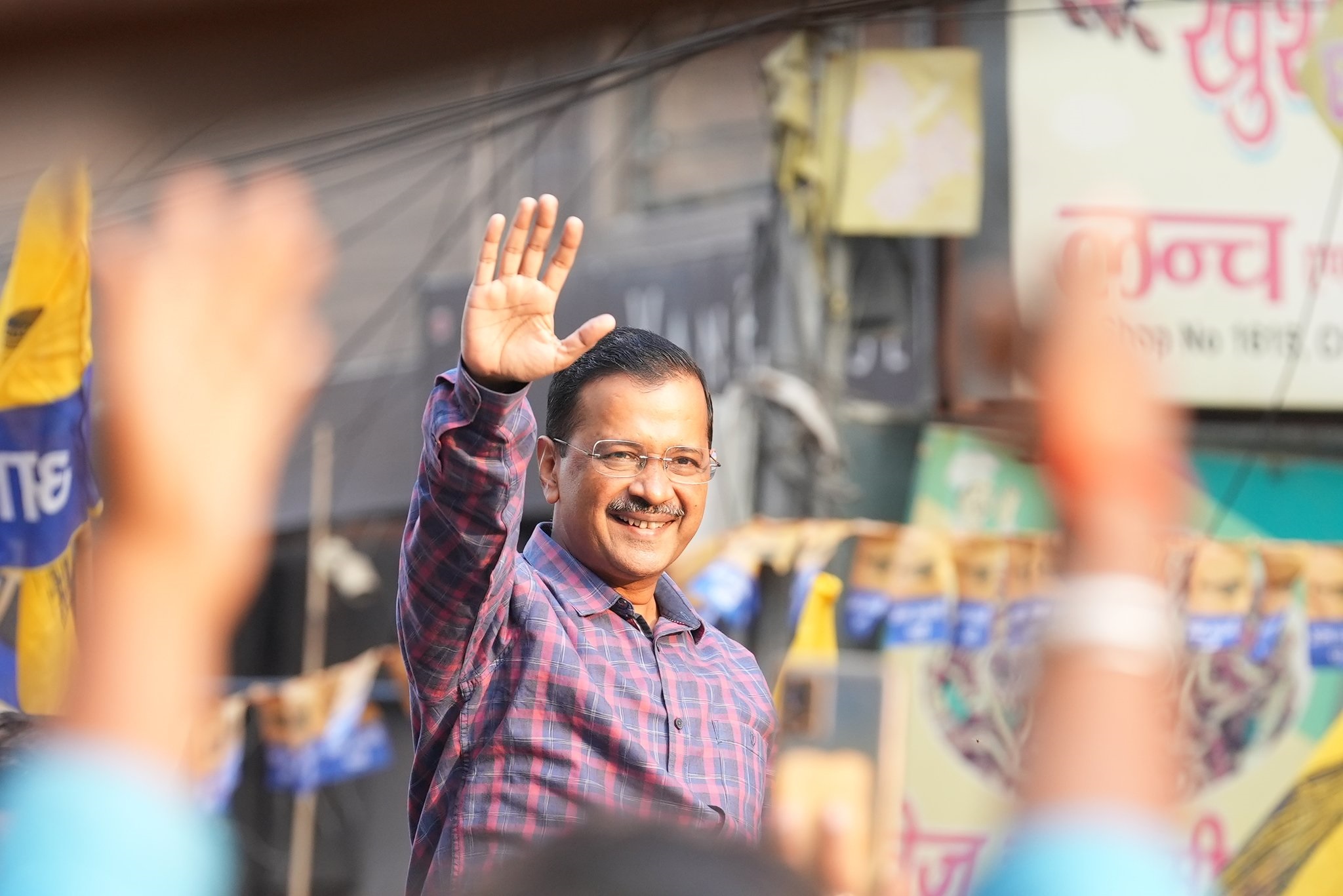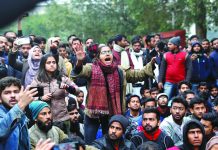
AAP will be keen to expand its sphere of political activity in states where Congress and the BJP are the major contenders for power and try to replace Congress in Opposition space gradually.
The recent election results were a mixed bag for the parties in fray. AAP wrested the control of MCD from the BJP while Congress secured a morale-boosting victory in Himachal Pradesh. Meanwhile the BJP registered a resounding win in Gujarat for the remarkable seventh consecutive time.
AAP a force to reckon with
The verdict handed out by the electorate of Delhi in the elections to the Municipal Corporation of Delhi (MCD) on December 4 has favoured AAP in winning 134 seats in a house of 250 with BJP winning 104 seats and Congress securing 9 seats along with 3 others. The voting percentage of AAP stands at 42. 05%, for the BJP it is 39.09% and for Congress, it is 11.68%. Relative to last polls held for the MCD, AAP has recorded a big jump in its vote share whereas both the BJP and Congress have registered a decline in their respective vote share.
Within less than a decade of its existence, AAP has emerged as a force to reckon with in north Indian politics in general and Delhi in particular. Having commanded a resounding victory in the past two elections held to the Delhi state assembly, it has brought MCD under its tutelage. After winning a landslide victory in Punjab and staging a good show in the recently-held Gujarat assembly election, AAP has qualified to be declared as a national political party. Many experts believe that it has a bright future in Indian politics in the ensuing years.
A glimmer of hope for Congress
The electoral outcome of the recently-held assembly election in Himachal Pradesh has enabled Congress to secure 40 seats in a house of 68, with the BJP winning 25 seats and AAP failing to open its account and others mostly comprising independents securing 3 seats. Many experts opine that Himachal Pradesh for the past some decades has followed a tradition of change of regime after every five years and the recent verdict of assembly elections favouring Congress at the helm and ousting the BJP out of power is in consonance with that tradition. Undoubtedly, the BJP was very hopeful of retaining power in the state in defiance of the so-called tradition and it also pulled all stops to retain the power with the help of a horde of senior BJP leaders and Central Ministers engaged in electioneering for the party.
On the other hand, Congress’s top brass leadership was absent from the scene and only Priyanka Gandhi and the Chief Minister of the Congress-ruled state of Chhattisgarh were looking after the electoral campaign of the party. Nevertheless, the state unit of Congress and party workers worked hard to capitalize on the anti-incumbency factor and the growing disenchantment of the local communities against the ruling BJP to the advantage of Congress. Another factor favouring the Congress was the dissidents from the BJP who had been denied the tickets by the party and were contesting as independents, thereby denting the votes of the BJP. Some of these dissidents have even won a couple of seats. However, the razor-thin margin in the total votes polled by the Congress and the BJP is alarming for the Congress which is called upon to keep its flock intact and deliver on what it has promised to keep saddled into power.
Modi juggernaut rolls on
The verdict handed out by the electorate of Gujarat is unique and admirable in many respects. Its uniqueness lies in enabling the BJP to retain power for the seventh consecutive term with a landslide victory with unprecedented 156 seats in a house of 182 along with over 52% of votes polled. The thumping BJP victory has broken all previous records. Larger than life image of the personality cult of Prime Minister Modi, the BJP’s well-concerted strategy of election management at the micro level, money power, official machinery, and other immense resources at its disposal have seemingly proved instrumental in overshadowing the local issues like Morbi tragedy, price rise, unemployment etc.
The Congress which has been the main political rival of the BJP in the state of Gujarat could manage to save its grace by securing 17 seats relative to 77 seats won by it in 2017. Experts attribute many factors responsible for the poor electoral performance of Congress in Gujarat. In the first instance, it is argued that Congress’s top brass failed to take Gujarat polls seriously and their casual approach has cost the party dearly in terms of loss of seats. Secondly, the Congress repeated the mistake it had committed in Punjab by overemphasizing on OBC, SCs/STs and minorities along with failing to understand rival’s moaneuvres of projecting it as a pro-Muslim party.
The BJP leadership cleverly used its time-tested strategy of communal divide by raking up the Godhara issue and claiming that the state has been riot-free for over two decades and reminding people how stern lessons were taught to the offenders under the BJP rule. And there is an alternative strategy with Congress to counter BJP’s Hindutva and communal divide. AAP has been able to secure 5 seats and a share of over 10% of votes and it has entitled it to claim the status of a national party.
The way ahead
Some analysts have opined that the outcomes of assembly elections in Himachal Pradesh and Gujarat have different prospects and lessons for the main contending parties – AAP, the BJP and Congress – with AAP becoming more enthusiastic to expand its sphere of political activity in states where Congress and the BJP are the major contenders for power and try to replace Congress in Opposition space gradually. While conceding brighter prospects for AAP, some analysts also argue that AAP cannot be an alternative to Congress because the alternative to Congress is Congress itself.
Besides, the resounding victory of the BJP in Gujarat has undeniably bolstered the morale and image of the BJP which has successfully experimented with the Gujarat Electoral Model, unlike its previous emphasis on the so-called Gujarat Model, In this new model, the larger-than-life personality cult of its leader is capable of eclipsing and overshadowing the local issues and the possibility of the BJP of encashing on this model in forthcoming state assembly elections in 2023 cannot be ruled out.
While delivering on its promises in Himachal Pradesh without brooking any delay, Congress needs to ponder seriously over its electoral strategy, organizational strength, and an alternative programme in response to BJP’s policy of hatred and communal divide. Congress of the day is engaged in the national freedom struggle of the Gandhian Era where morality is the basis of any struggle. But it is confronted with a rival of the 21st century who can go to any extreme to grab power.
Undoubtedly, Bharat Jodo Yatra being undertaken by Rahul Gandhi is a good step in connecting with the people; nevertheless, there is a need for the local and provincial Congress workers to keep that connect with the people alive in the areas already covered and to be covered in the near future. An organizationally well-knit Congress with the rule in some states can be the rallying point for Opposition unity.
.












